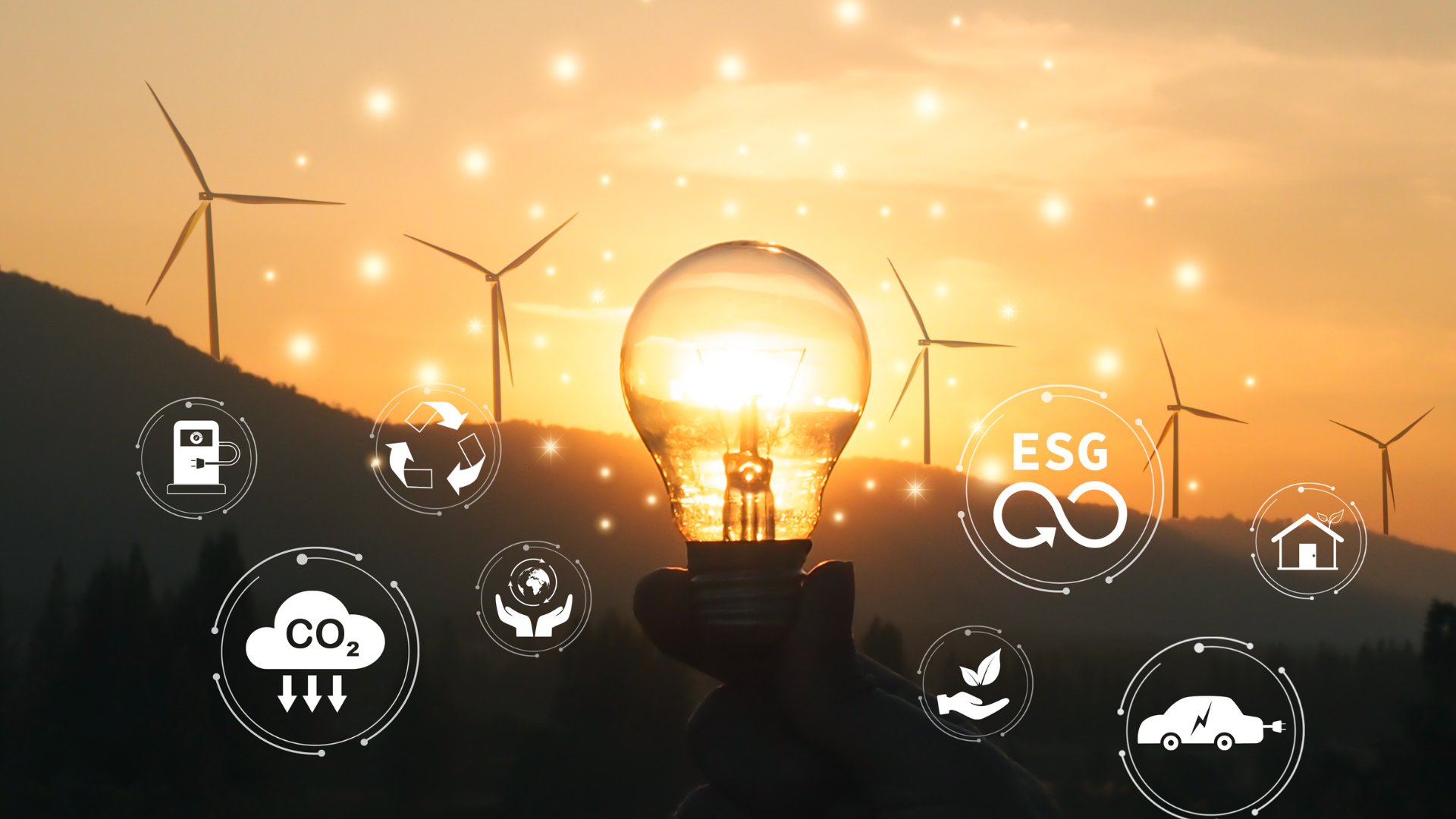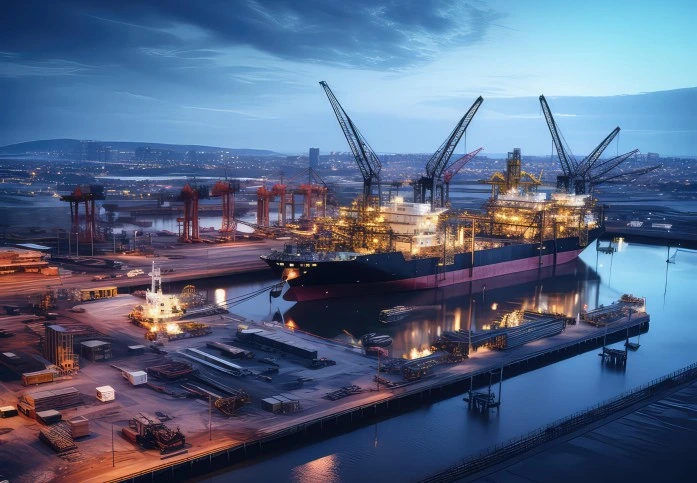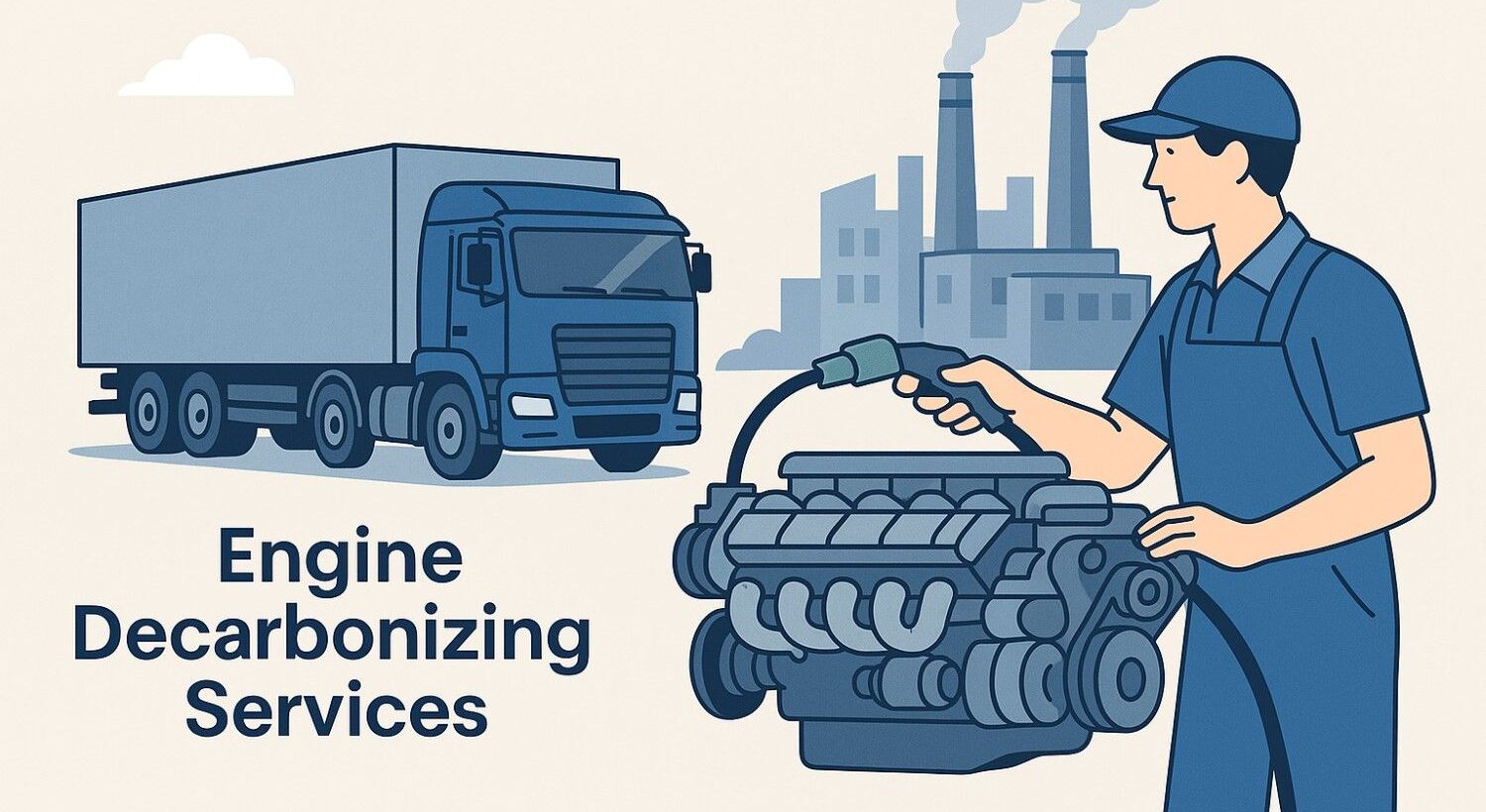Introduction
India’s energy sector is at an important point, working to balance fast progress with the need for safety and reliability. As India starts its energy transition, it must carefully manage the challenges of adopting new technologies while keeping its energy infrastructure stable.
The Energy Transition: India’s Pragmatic Approach
India’s approach to the energy transition is characterized by a balanced strategy that accommodates both traditional and renewable energy sources. While the nation has set ambitious targets for renewable energy capacity, it still depends on coal and oil to meet its rising energy needs.
Why Coal and Oil Still Dominate India’s Mix
Despite global shifts towards cleaner energy, coal and oil remain integral to India’s energy consumption. Economic considerations, existing infrastructure, and energy security concerns contribute to this dependence.
The oil and gas energy transition in India is a gradual process, as the country strives to balance immediate energy needs with long-term sustainability goals. In this context, India’s reliance on traditional energy sources remains significant.
However, recent shifts in the global market have affected India’s oil imports. Notably, in April 2023, India’s oil imports from OPEC (Organization of the Petroleum Exporting Countries) dropped to a record low of 46%. This decline was largely driven by an increase in the purchase of discounted Russian oil, reflecting both economic considerations and changing energy dynamics.
Renewable Growth Without Compromising Stability
India is making remarkable strides in expanding its renewable energy capacity. In 2024, a record 24.5 GW of solar capacity and 3.4 GW of wind capacity were added, marking more than double the solar installations and a 21% increase in wind installations compared to 2023.
However, adding these renewable sources to the existing grid needs careful planning to maintain stability and reliability. The transition to renewable energy must consider grid management and storage solutions to prevent disruptions.
Innovation in Clean Energy: From Policy to People
The shift towards cleaner energy sources is powered not just by technological advancements but also by supportive policies and public engagement. India’s approach encompasses both top-down and bottom-up strategies to facilitate this transition.
Government Support & Public Mobilization
Government policies play a crucial role in facilitating the transition to clean energy. Incentives for renewable energy projects and public awareness campaigns are essential components.
Engaging communities and stakeholders ensures broader support and participation in the net-zero energy transition. The net-zero energy transition refers to balancing the amount of greenhouse gases emitted with the amount removed from the atmosphere, aiming for no net increase in emissions. This transition focuses on shifting to renewable energy sources, improving energy efficiency, and reducing carbon emissions.
For instance, India is developing incentives to encourage the production of green steel and support decarbonization in the steel industry.
Technology as the Driver of a Safer Energy Future
Technological advancements are central to the energy transition. Innovations in energy storage, smart grids, and monitoring systems enhance efficiency and safety. Implementing these technologies requires collaboration between industry experts and policymakers to address potential risks and ensure seamless integration.
Digitalization: The Silent Backbone of Safety
The use of digital technologies in the energy sector enhances operational efficiency and safety, and it serves as a critical enabler in managing the complexities of modern energy systems.
AI, IoT, and Smart Infrastructure
The integration of advanced digital technologies like AI and IoT is transforming energy systems. These tools allow for real-time monitoring and proactive maintenance, helping to reduce the chances of failures.
Smart infrastructure supports the transition to clean energy by optimizing resource use and enhancing system responsiveness. For example, AI-based solutions are crucial in maintaining grid stability while ensuring efficient and resilient energy distribution.
Cybersecurity Risks in an Interconnected Grid
As energy systems become more interconnected, cybersecurity emerges as a critical concern. Protecting infrastructure from cyber threats is essential to maintain trust and reliability.
Developing robust security protocols and continuous monitoring can mitigate risks associated with digitalization in the new energy economy. Recent cyberattacks targeting power generation facilities underscore the urgent necessity for India to strengthen its energy sector.
Ensuring Safety Amid Rapid Innovation
Rapid advancements in energy technologies necessitate a proactive approach to safety. Ensuring that innovation does not outpace the development of safety protocols is essential for a secure energy transition.
To support the evolving energy landscape, industries can adopt our Process Safety Services to proactively manage risks and ensure safety during the transition.
Managing AI Complexity in the Energy Grid
The deployment of AI in energy management introduces complexities that must be carefully managed. Ensuring that AI systems operate within safe parameters and respond appropriately to anomalies is vital. Regular assessments and updates to AI algorithms can help maintain safety standards during the energy transition.
Role of Regulation and Governance Frameworks
Effective regulation is necessary to guide the transition to renewable energy. Establishing clear governance frameworks ensures that safety and environmental standards are upheld.
Collaboration between regulatory bodies and industry stakeholders can facilitate the development of comprehensive policies supporting innovation while safeguarding public interests.
The Path Ahead: Resilient, Secure, and Equitable Energy
India’s journey towards a sustainable energy future involves balancing innovation with safety and equity. By utilizing advanced technologies, strengthening digital and physical infrastructure, and ensuring strong regulatory frameworks, India is laying the foundation for a resilient, secure, and sustainable energy future.
As the nation continues to expand its clean energy capacity while securing its traditional systems, maintaining a focus on reliability, cybersecurity, and equitable access will be crucial for achieving lasting success in the new energy economy.
Ensuring that all communities benefit from these changes is essential for a truly equitable net-zero energy transition.
Our tailored Sustainability Energy Solutions support India’s transition by combining clean energy technologies with safety-first practices to ensure long-term resilience.



